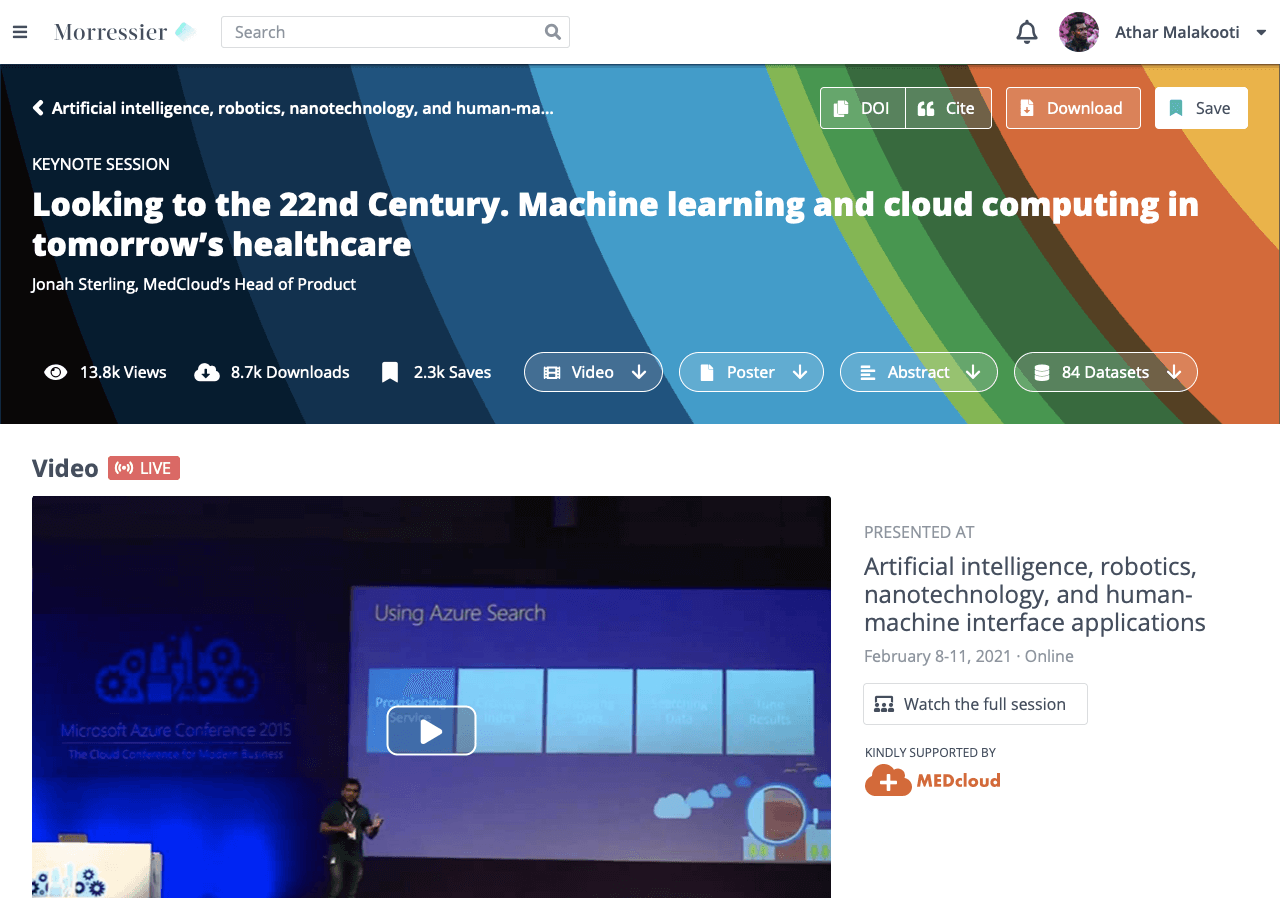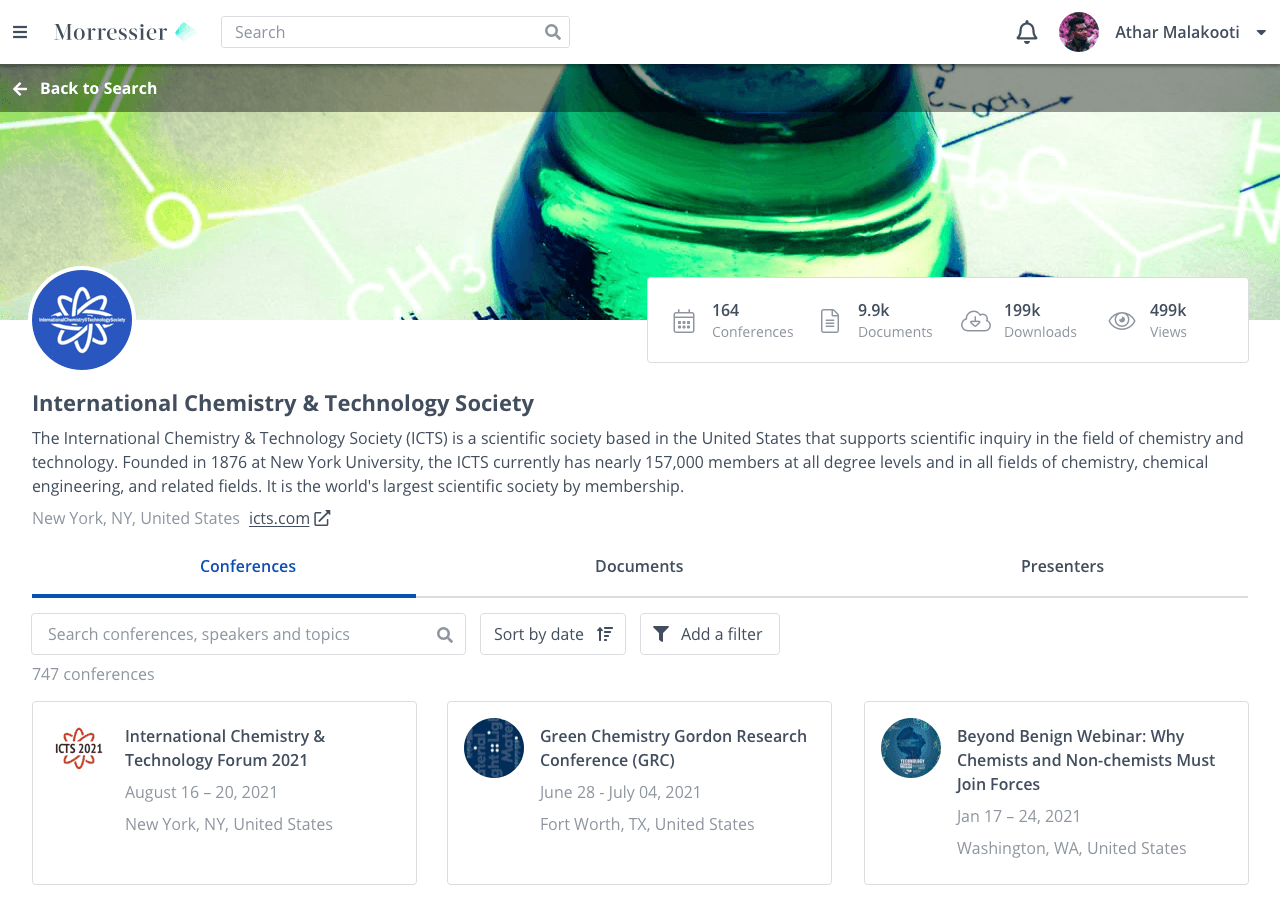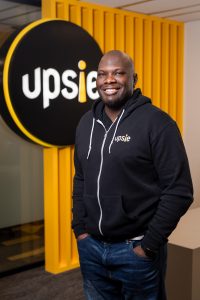News: Worksome pulls $13M into its high skill freelancer talent platform
More money for the now very buzzy business of reshaping how people work: Worksome is announcing it recently closed a $13 million Series A funding round for its “freelance talent platform” — after racking up 10x growth in revenue since January 2020, just before the COVID-19 pandemic sparked a remote working boom. The 2017 founded
More money for the now very buzzy business of reshaping how people work: Worksome is announcing it recently closed a $13 million Series A funding round for its “freelance talent platform” — after racking up 10x growth in revenue since January 2020, just before the COVID-19 pandemic sparked a remote working boom.
The 2017 founded startup, which has a couple of ex-Googlers in its leadership team, has built a platform to connect freelancers looking for professional roles with employers needing tools to find and manage freelancer talent.
It says it’s seeing traction with large enterprise customers that have traditionally used Managed Service Providers (MSPs) to manage and pay external workforces — and views employment agency giants like Randstad, Adecco and Manpower as ripe targets for disruption.
“Most multinational enterprises manage flexible workers using legacy MSPs,” says CEO and co-founder Morten Petersen (one of the Xooglers). “These largely analogue businesses manage complex compliance and processes around hiring and managing freelance workforces with handheld processes and outdated technology that is not built for managing fluid workforces. Worksome tackles this industry head on with a better, faster and simpler solution to manage large freelancer and contractor workforces.”
Worksome focuses on helping medium/large companies — who are working with at least 20+ freelancers at a time — fill vacancies within teams rather than helping companies outsource projects, per Petersen, who suggests the latter is the focus for the majority of freelancer platforms.
“Worksome helps [companies] onboard people who will provide necessary skills and will be integral to longer-term business operations. It makes matches between companies and skilled freelancers, which the businesses go on to trust, form relationships with and come back to time and time again,” he goes on.
“When companies hire dozens or hundreds of freelancers at one time, processes can get very complicated,” he adds, arguing that on compliance and payments Worksome “takes on a much greater responsibility than other freelancing platforms to make big hires easier”.
The startup also says it’s concerned with looking out for (and looking after) its freelancer talent pool — saying it wants to create “a world of meaningful work” on its platform, and ensure freelancers are paid fairly and competitively. (And also that they are paid faster than they otherwise might be, given it takes care of their payroll so they don’t have to chase payments from employers.)
The business started life in Copenhagen — and its Series A has a distinctly Nordic flavor, with investment coming from the Danish business angel and investor on the local version of the Dragons’ Den TV program Løvens Hule; the former Minister for Higher Education and Science, Tommy Ahlers; and family home manufacturer Lind & Risør.
It had raised just under $6M prior to thus round, per Crunchbase, and also counts some (unnamed) Google executives among its earlier investors.
Freelancer platforms (and marketplaces) aren’t new, of course. There are also an increasing number of players in this space — buoyed by a new flush of VC dollars chasing the ‘future of work’, whatever hybrid home-office flexible shape that might take. So Worksome is by no means alone in offering tech tools to streamline the interface between freelancers and businesses.
A few others that spring to mind include Lystable (now Kalo), Malt, Fiverr — or, for techie job matching specifically, the likes of HackerRank — plus, on the blue collar work side, Jobandtalent. There’s also a growing number of startups focusing on helping freelancer teams specifically (e.g. Collective), so there’s a trend towards increasing specialism.
Worksome says it differentiates vs other players (legacy and startups) by combining services like tax compliance, background and ID checks and handling payroll and other admin with an AI powered platform that matches talent to projects.
Although it’s not the only startup offering to do the back-office admin/payroll piece, either, nor the only one using AI to match skilled professionals to projects. But it claims it’s going further than rival ‘freelancer-as-a-service’ platforms — saying it wants to “address the entire value chain” (aka: “everything from the hiring of freelance talent to onboarding and payment”).
Worksome has 550 active clients (i.e. employers in the market for freelancer talent) at this stage; and has accepted 30,000 freelancers into its marketplace so far.
Its current talent pool can take on work across 12 categories, and collectively offers more than 39,000 unique skills, per Petersen.
The biggest categories of freelancer talent on the platform are in Software and IT; Design and Creative Work; Finance and Management Consulting; plus “a long tail of niche skills” within engineering and pharmaceuticals.
While its largest customers are found in the creative industries, tech and IT, pharma and consumer goods. And its biggest markets are the U.K. and U.S.
“We are currently trailing at +20,000 yearly placements,” says Petersen, adding: “The average yearly spend per client is $300,000.”
Worksome says the Series A funding will go on stoking growth by investing in marketing. It also plans to spend on product dev and on building out its team globally (it also has offices in London and New York).
Over the past 12 months the startup doubled the size of its team to 50 — and wants to do so again within 12 months so it can ramp up its enterprise client base in the U.S., U.K. and euro-zone.
“Yes, there are a lot of freelancer platforms out there but a lot of these don’t appreciate that hiring is only the tip of the iceberg when it comes to reducing the friction in working with freelancers,” argues Petersen. “Of the time that goes into hiring, managing and paying freelancers, 75% is currently spent on admin such as timesheet approvals, invoicing and compliance checks, leaving only a tiny fraction of time to actually finding talent.”
Worksome woos employers with a “one-click-hire” offer — touting its ability to find and hire freelancers “within seconds”.
If hiring a stranger in seconds sounds ill-advised, Worksome greases this external employment transaction by taking care of vetting the freelancers itself (including carrying out background checks; and using proprietary technology to asses freelancers’ skills and suitability for its marketplace).
“We have a two-step vetting process to ensure that we only allow the best freelance talent onto the Worksome platform,” Petersen tells TechCrunch. “For step one, an inhouse-built robot assesses our freelancer applicants. It analyses their skillset, social media profiles, profile completeness and hourly or daily rate, as well as their CV and work history, to decide whether each person is a good fit for Worksome.
“For step two, our team of talent specialists manually review and decline or approve the freelancers that pass through step one with a score of 85% or more. We have just approved our 30,000th freelancer and will be able to both scale and improve our vetting procedure as we grow.”
A majority of freelancer applicants fail Worksome’s proprietary vetting processes. This is clear because it says it has received 80,000 applicants so far — but only approved 30,000.
That raises interesting questions about how it’s making decisions on who is (and isn’t) an ‘appropriate fit’ for its talent marketplace.
It says its candidate assessing “robot” looks at “whether freelancers can demonstrate the skillset, matching work history, industry experience and profile depth” deemed necessary to meet its quality criteria — giving the example that it would not accept a freelancer who says they can lead complex IT infrastructure projects if they do not have evidence of relevant work, education and skills.
On the AI freelancer-to-project matching side, Worksome says its technology aims to match freelancers “who have the highest likelihood of completing a job with high satisfaction, based on their work-history, and performance and skills used on previous jobs”.
“This creates a feedback loop that… ensure that both clients and freelancers are matched with great people and great work,” is its circular suggestion when we ask about this.
But it also emphasizes that its AI is not making hiring decisions on its own — and is only ever supporting humans in making a choice. (An interesting caveat since existing EU data protection rules, under Article 22 of the GDPR, provide for a right for individuals to object to automated decision making if significant decisions are being taken without meaningful human interaction.)
Using automation technologies (like AI) to make assessments that determine whether a person gains access to employment opportunities or doesn’t can certainly risk scaled discrimination. So the devil really is in the detail of how these algorithmic assessments are done.
That’s why such uses of technology are set to face close regulatory scrutiny in the European Union — under incoming rules on ‘high risk’ users of artificial intelligence — including the use of AI to match candidates to jobs.
The EU’s current legislative proposals in this area specifically categorize “employment, workers management and access to self-employment” as a high risk use of AI, meaning applications like Worksome are likely to face some of the highest levels of regulatory supervision in the future.
Nonetheless, Worksome is bullish when we ask about the risks associated with using AI as an intermediary for employment opportunities.
“We utilise fairly advanced matching algorithms to very effectively shortlist candidates for a role based solely on objective criteria, rinsed from human bias,” claims Petersen. “Our algorithms don’t take into account gender, ethnicity, name of educational institutions or other aspects that are usually connected to human bias.”
“AI has immense potential in solving major industry challenges such as recruitment bias, low worker mobility and low access to digital skills among small to medium sized businesses. We are firm believers that technology should be utilized to remove human bias’ from any hiring process,” he goes on, adding: “Our tech was built to this very purpose from the beginning, and the new proposed legislation has the potential to serve as a validator for the hard work we’ve put into this.
“The obvious potential downside would be if new legislation would limit innovation by making it harder for startups to experiment with new technologies. As always, legislation like this will impact the Davids more than the Goliaths, even though the intentions may have been the opposite.”
Zooming back out to consider the pandemic-fuelled remote working boom, Worksome confirms that most of the projects for which it supplied freelancers last year were conducted remotely.
“We are currently seeing a slow shift back towards a combination of remote and onsite work and expect this combination to stick amongst most of our clients,” Petersen goes on. “Whenever we are in uncertain economic times, we see a rise in the number of freelancers that companies are using. However, this trend is dwarfed by a much larger overall trend towards flexible work, which drives the real shift in the market. This shift has been accelerated by COVID-19 but has been underway for many years.
“While remote work has unlocked an enormous potential for accessing talent everywhere, 70% of the executives expect to use more temporary workers and contractors onsite than they did before COVID-19, according to a recent McKinsey study. This shows that businesses really value the flexibility in using an on-demand workforce of highly skilled specialists that can interact directly with their own teams.”
Asked whether it’s expecting growth in freelancing to sustain even after we (hopefully) move beyond the pandemic — including if there’s a return to physical offices — Petersen suggests the underlying trend is for businesses to need increased flexibility, regardless of the exact blend of full-time and freelancer staff. So platforms like Worksome are confidently poised to keep growing.
“When you ask business leaders, 90% believe that shifting their talent model to a blend of full-time and freelancers can give a future competitive advantage (Source: BCG),” he says. “We see two major trends driving this sentiment; access to talent, and building an agile and flexible organization. This has become all the more true during the pandemic — a high degree of flexibility is allowing organisations to better navigate both the initial phase of the pandemic as well the current pick up of business activity.
“With the amount of change that we’re currently seeing in the world, and with businesses are constantly re-inventing themselves, the access to highly skilled and flexible talent is absolutely essential — now, in the next 5 years, and beyond.”










